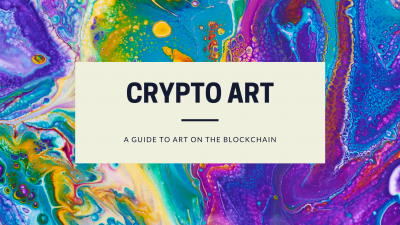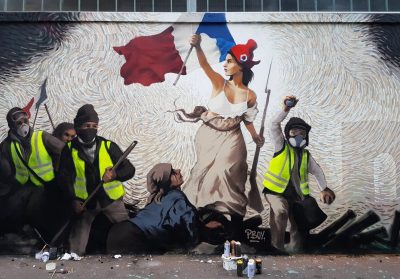What is Crypto Art? A Simple ExplanationÂ
Crypto art is (usually) digital art on the blockchain, gaining the “crypto†moniker from the cryptographic elements related to blockchain technology. If that sentence sounded like a bunch of jargony mumbo-jumbo and threw you for a whirl, don’t fret– we’ll break down crypto art and tie everything back together in this simple guide. Enter the …

